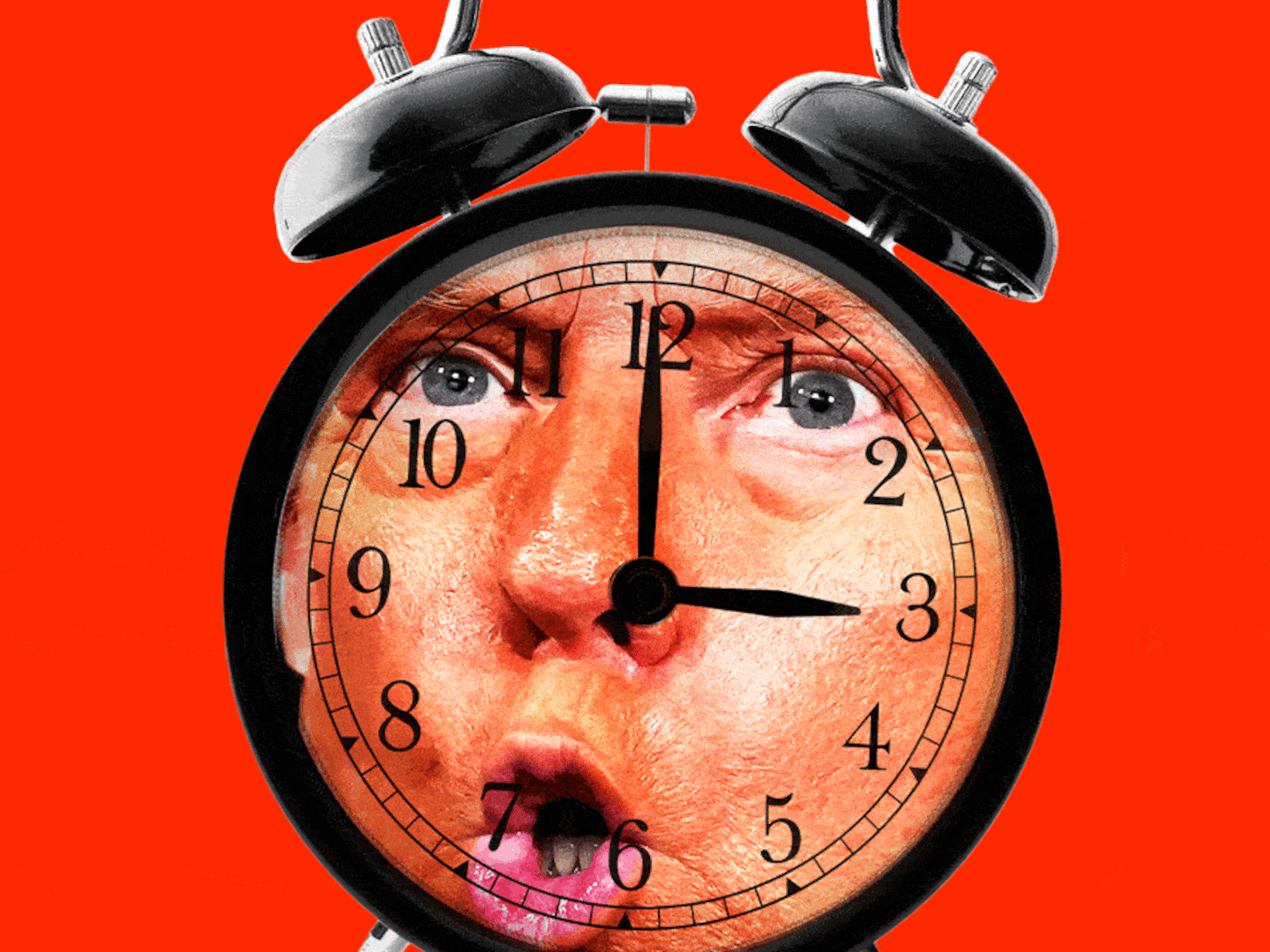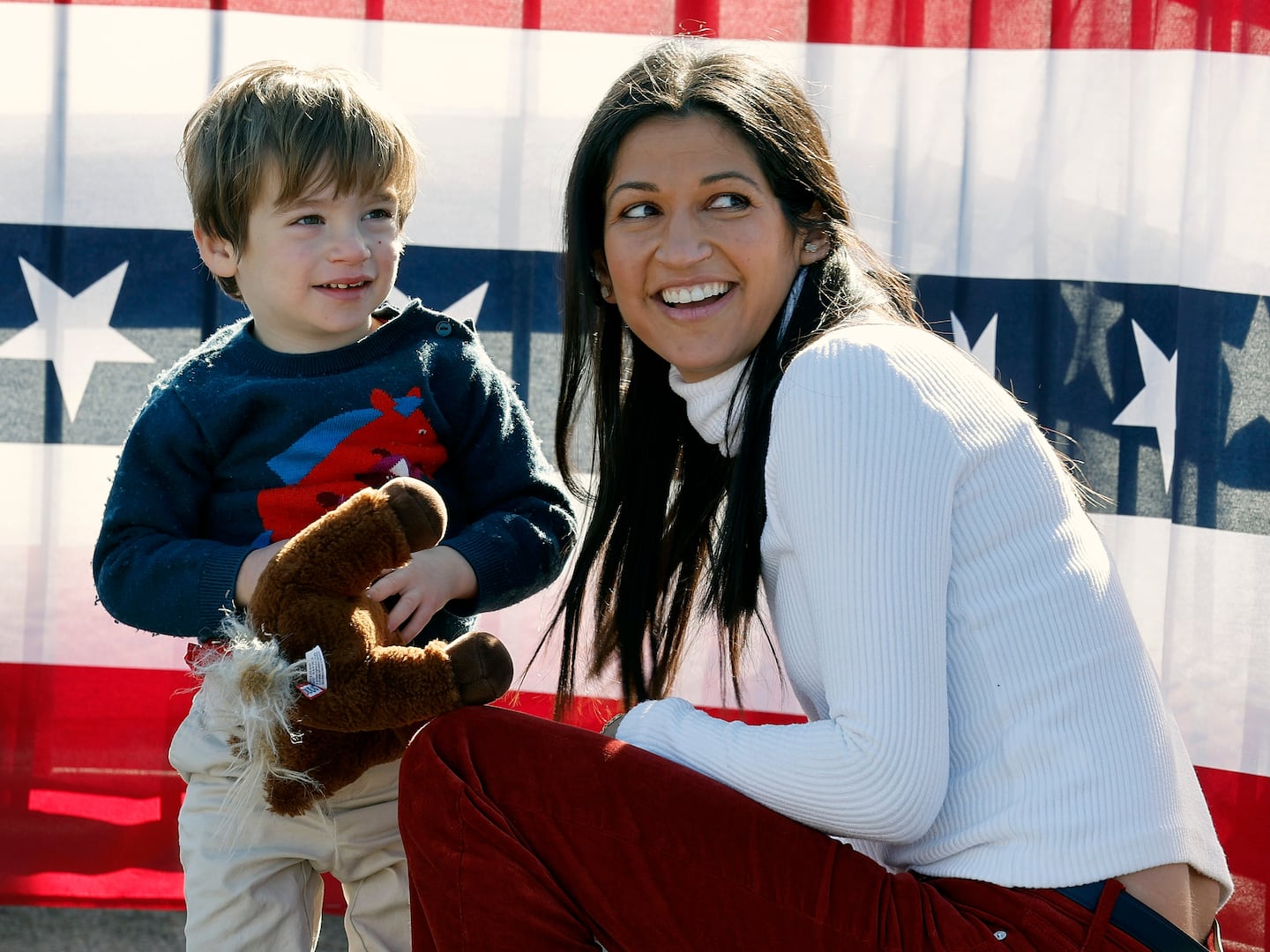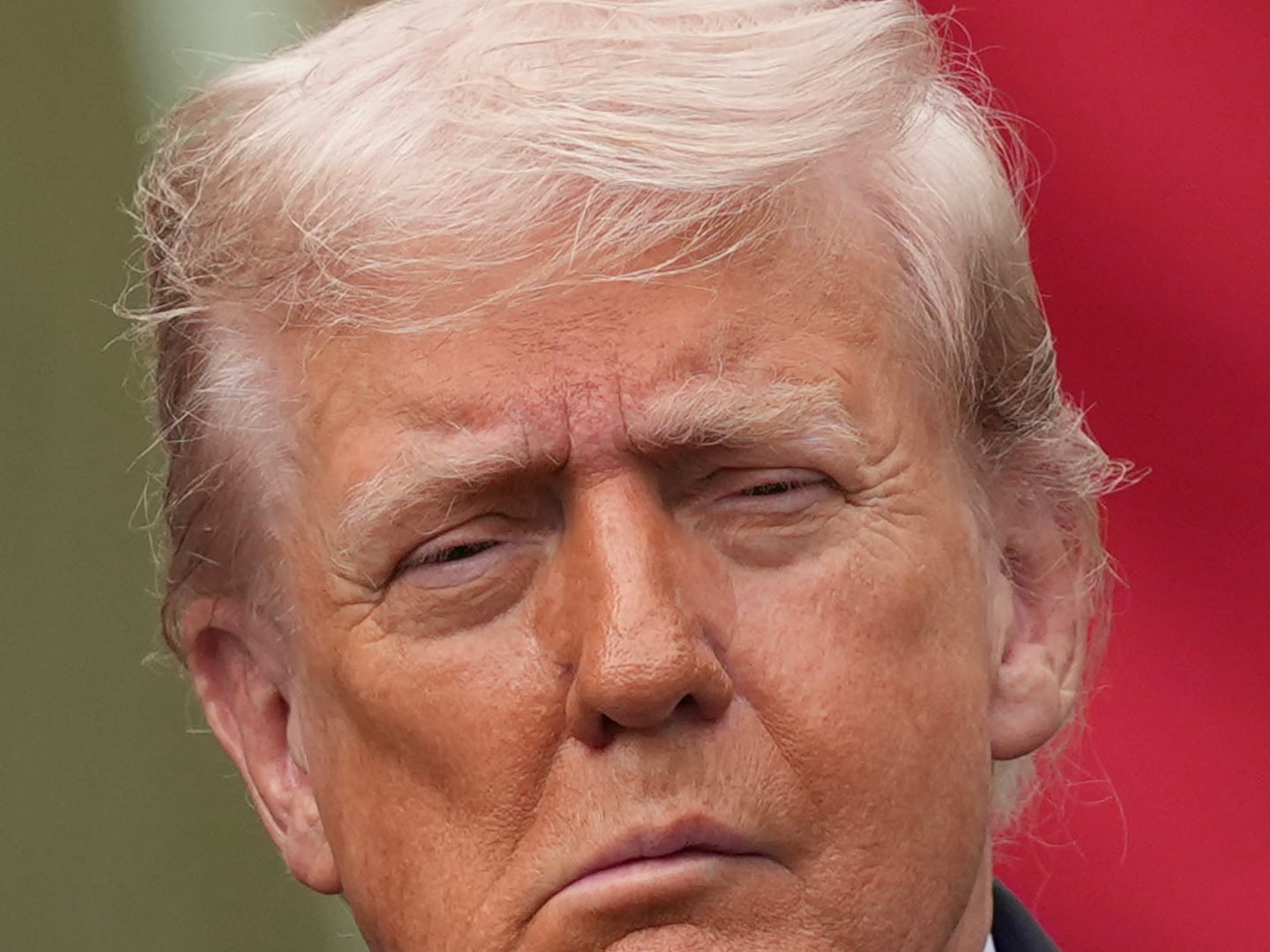Eras tend to get the horror movies they deserve, and, though far from perfect, Saw, a modestly budgeted 2004 shocker from the Australian team of writer Leigh Whannell and director James Wan, felt like the right horror film for its moment. Though unrelievedly grim and set for long stretches in a single room, Saw would go on to become an improbably huge success, spawning numerous sequels and helping to set the table for similar films both nastily resonant (such as Eli Roth’s Hostel) and just nasty (virtually everything else). Indelicately, if not entirely inaccurately, labeled “torture porn,” the style focused on the far reaches of mental and physical distress that the human body could endure. It was the perfect horror mode for a decade that shattered the public consensus on the ethics of torture as a national policy. Torture porn tapped into the underlying fear that the things we were letting happen in the corners of darkened room in the interest of national security might some day be visited back on us.

It remains to be seen whether Insidious, a horror film from Whannell and Wan that opened Friday, will have the same sort of cultural resonance, but it fits into the current moment of general unease nearly as well as Saw did in 2004. Oren Peli, creator of the Paranormal Activity series, serves as a producer, and like the Paranormal Activity films, Insidious’ horror comes from creating a sense that we now live in a world where no place is safe, even the place that ought to feel safest of all: home.
It’s all so unsettling it may take a while to realize what’s missing from the film—namely blood, guts, and violence.
But while Insidious shares themes with Paranormal Activity, the resemblance ends there. In place of the Paranormal films’ surveillance-cam aesthetic, Wan piles one stylistic flourish on top of another. And, as if trying to close the floodgates Saw helped open, the film sidesteps gore and anything resembling torture altogether. It also avoids some of the more unfortunate clichés of recent horror films—fake out scares, cheap jolts—looking instead to Robert Wise’s 1963 version of The Haunting and the 1940s films of producer Val Lewton for inspiration. Both knew the value of using darkness, suggestion, and off-screen space. Sometimes it's what you barely see, or don’t see at all, that’s most terrifying.
The film opens with a demand for attention and never lets up until the final credits roll. Matching a lurid score by Joseph Bishara to equally lurid visuals, the opening moments takes a terrifying trip down a spooky hallway with something horrible waiting at the other end. Everything about its haunted house images looks familiar, but Insidious executes the shot with such bravado that it’s hard to mind the déjà vu. It’s the film in miniature, borrowing liberally from past horror movies but borrowing smartly and in a way that makes the familiar seem newly terrifying.
Besides, déjà vu is nearly unavoidable. The plot hews close to Poltergeist, the Tobe Hooper-directed, Steven Spielberg-produced haunted house classic from 1982. Rose Byrne and Patrick Wilson star as Renai and Josh Lambert, parents of three who, as the film opens, have just taken up residence in a sedate-seeming vintage suburban two-story. Yet, they can never quite relax in their new home. The floorboards creak. Books have a way of falling off the shelf for no reason. And the door to the attic keeps opening as if daring the family to climb its steps. When their oldest boy Dalton (Ty Simpkins) decides to explore it one evening, he falls from a rickety ladder while trying to turn on the lights. He frightens his parents but seems unharmed. But when Josh goes to wake the boy the next morning, he can’t stir him from a coma-like sleep.
Then the house’s disquieting undercurrents stop being mere undercurrents. Renai senses odd presences, and starts seeing shadowy figures. When one sets off the home’s security system one night, Josh starts to believe as well. Unsettled and inconsolable, Renai insists they move again, only to find the disturbances follow them to their new house. Why? The film’s marketing campaign, with its “It’s not the house that’s haunted” tagline, has already given the game away a bit. And the film’s latter half—dominated by a trio of comically lo-fi ghostbusters played by Whannell, Angus Sampson, and a scene-stealing Lin Shaye—lays out the situation a little too thoroughly, bringing in some elaborate metaphysics to explain why things have started to go bump in the night (and why ghosts have started to show up and dance to “Tiptoe Through the Tulips” in the middle of the afternoon). Despite committed performances from Byrne and Wilson, the film never really captures the sense of loss that must come from having a comatose child, even seeming to forget about poor Dalton for long stretches. It feels driven more by mechanics than emotions.
But scary forgives a lot in horror films, and Insidious makes those bumps in the night count. Wan uses simple tricks—a rocking horse that moves on its own, horrible voices breaking into the transmissions of baby monitors—and then slowly ramps up the intensity. But even once evil spirits start to dominate the film, Wan remains largely committed to the classical approach. I spotted one CGI effect in a film otherwise dominated by make-up, eerie lighting, and shadows. (The finale, played out on a recycled set from earlier in the film and some almost bare soundstages, could almost pass as a piece of avant garde theater.)
It’s all so unsettling it may take a while to realize what’s missing from the film—namely blood, guts, and violence. After helping to push the horror genre to a visceral extreme, Wan and Whannell have now drawn it back to its old dark house sources, making the trappings of the everyday pregnant with distressing, uncanny potential. If Insidious is nothing you haven’t seen before, it’s also nothing you haven’t seen done with this much conviction and commitment to craft in a good, long while. And if, like Saw, it sets a trend for the next few years of horror movies, the genre might not be in such bad shape after all.
Keith Phipps lives in Chicago and writes about film, television, books and music. He has contributed to Slate and serves as the editor of The A.V. Club and was a co-editor of Inventory: 16 Films Featuring Manic Pixie Dream Girls, 10 Great Songs Nearly Ruined by Saxophone, and 100 More Obsessively Specific Pop-Culture Lists. You can follow him on Twitter here.






